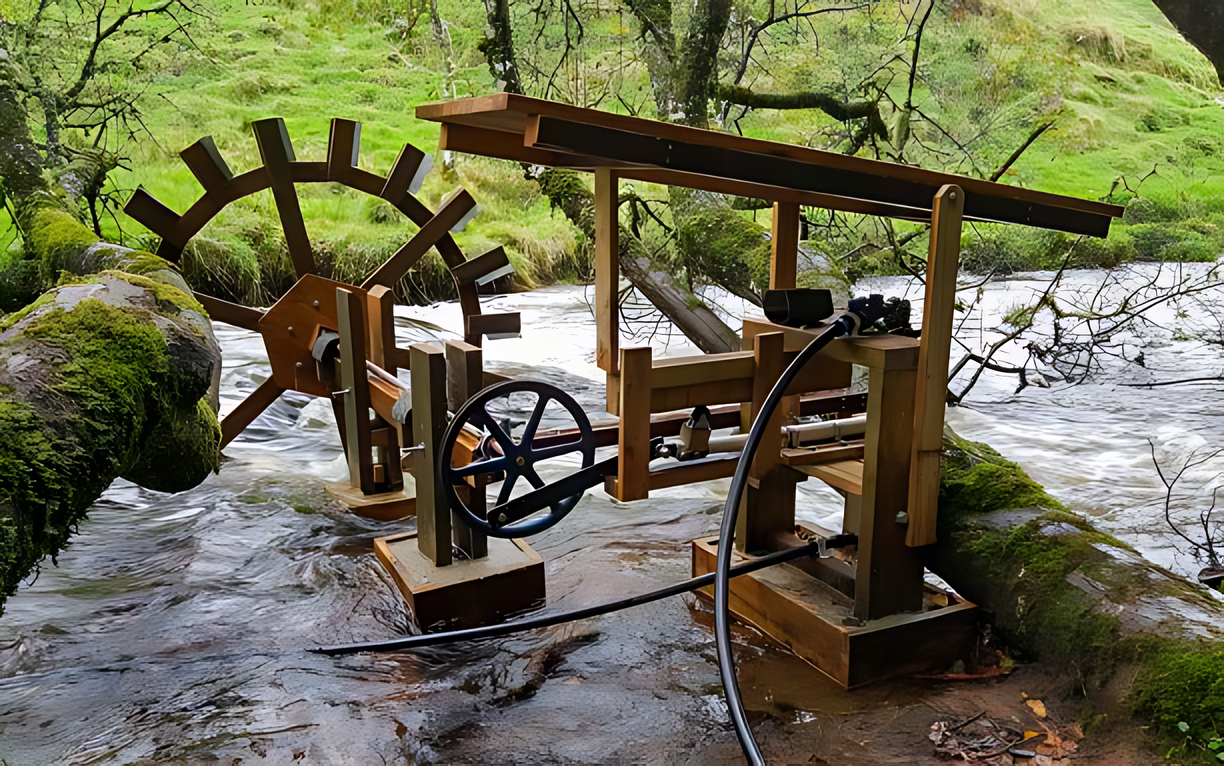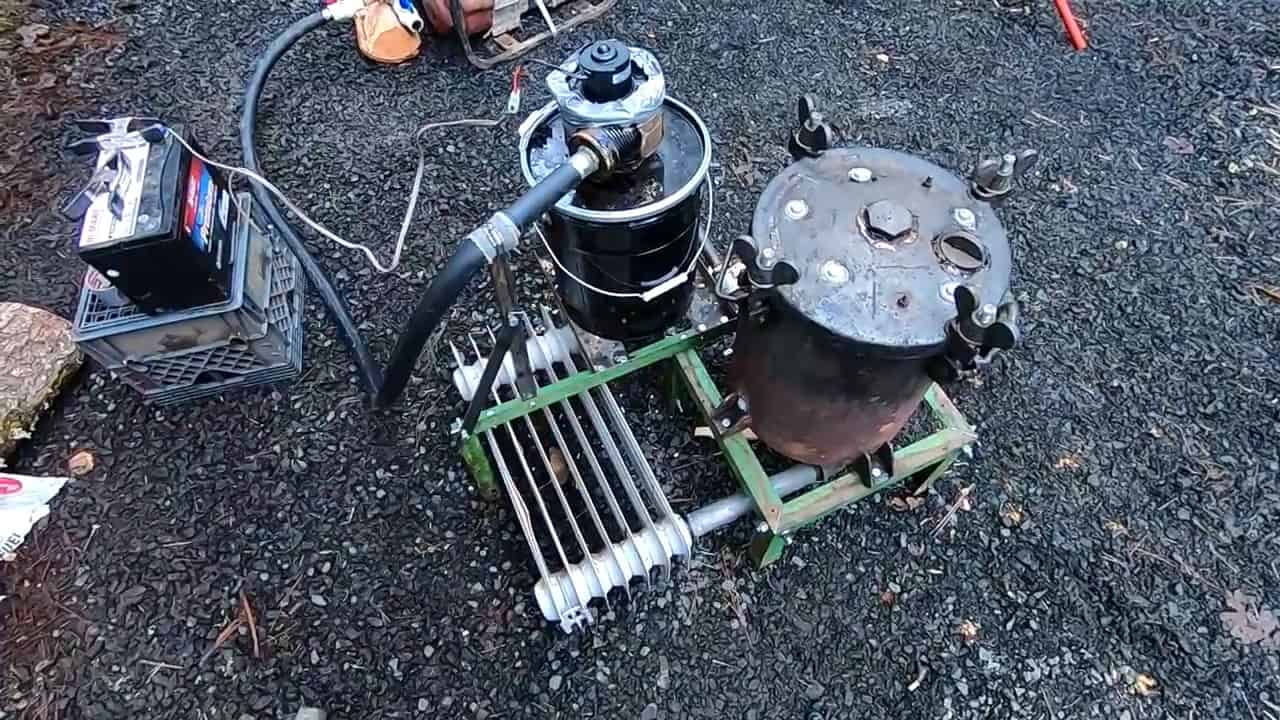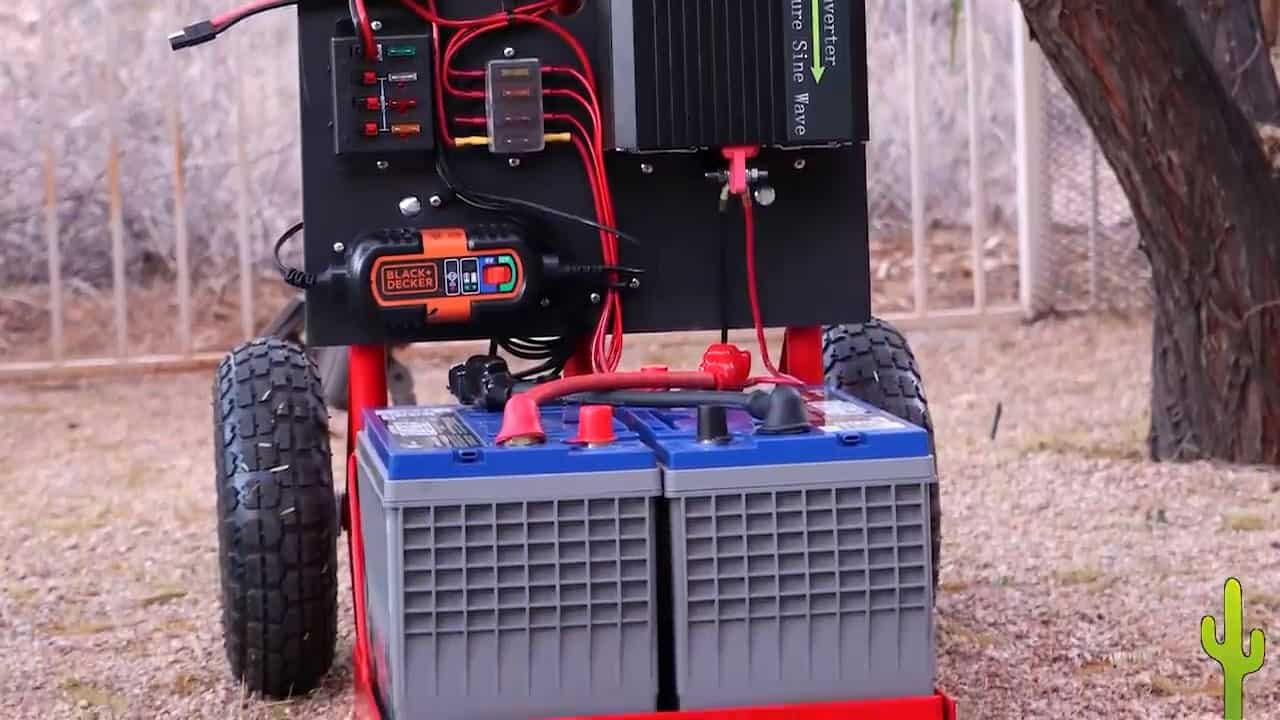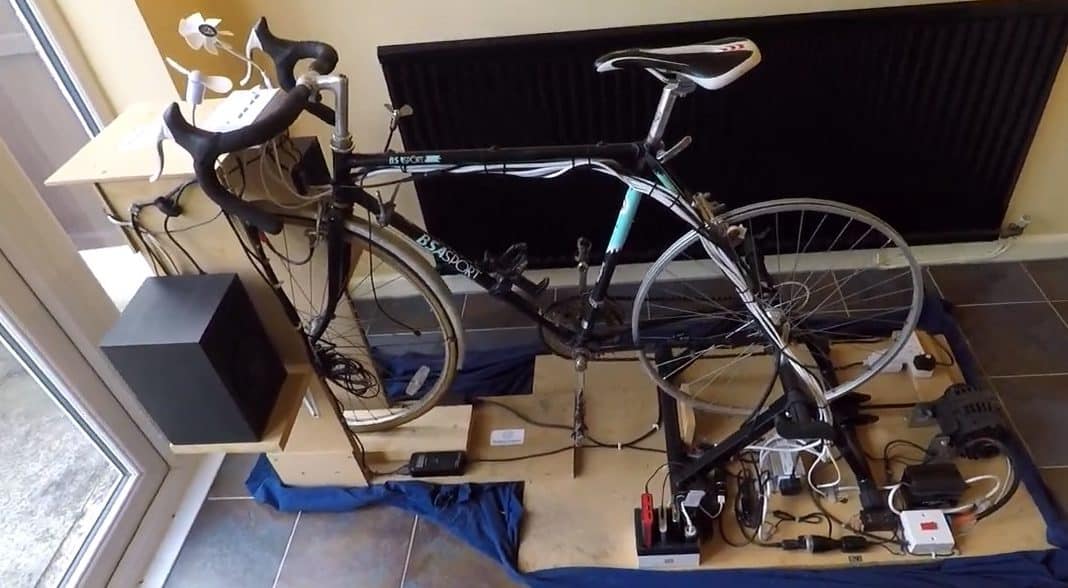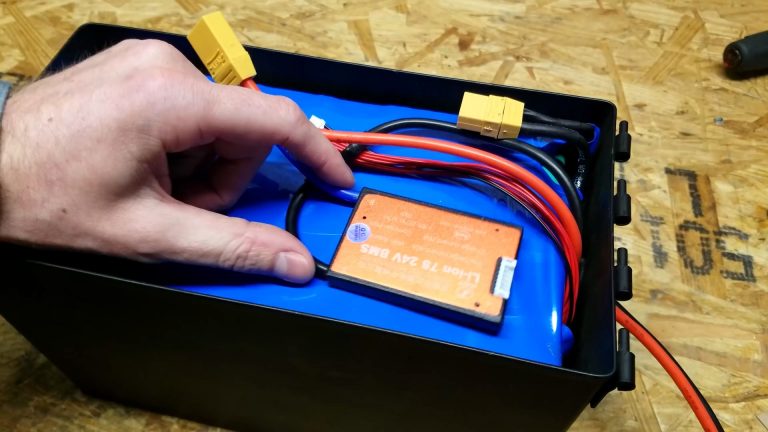In a world filled with high-tech gadgets, there’s a unique satisfaction in a solution that’s both simple and brilliant. For anyone dreaming of an off-grid lifestyle, a remote cabin, or just a more self-sufficient garden, this project is a true inspiration.
The photo shows a magnificent DIY waterwheel and pump, a low-tech marvel that uses the natural power of a stream to do the work for you. It’s a perfect example of a passive system—no electricity, no gasoline, and no noise. The simple rotation of the wooden wheel, powered by the flowing water, is translated into mechanical energy that drives a pump, providing a steady supply of water wherever you need it.
The Genius of the Waterwheel Pump
The beauty of this system lies in its simplicity. A waterwheel is a a type of kinetic energy harvester. As the water flows, it pushes against the paddles of the wheel, causing it to turn. This rotational motion is then converted to a linear motion via a connecting rod and a lever arm, which in turn powers a simple piston or diaphragm pump.
This ingenious design can provide a continuous flow of water for a variety of uses:
- Filling a rain barrel or storage tank for later use.
- Pumping water to a garden for irrigation.
- Supplying water to a remote cabin or livestock trough.
It’s an elegant solution that relies on a natural resource and a bit of mechanical ingenuity.
How to Build Your Own Waterwheel Pump
Ready to create your own water-powered wonder? Building a system like the one in the photo requires a good understanding of tools and basic mechanics.
WARNING: THIS PROJECT INVOLVES WORKING AROUND WATER. BE AWARE OF THE RISKS OF DROWNING AND INJURY. ALSO, BE MINDFUL OF LOCAL LAWS AND REGULATIONS REGARDING WATERWAYS AND THE ENVIRONMENT. ENSURE YOUR PROJECT DOES NOT HARM LOCAL WILDLIFE OR THE ECOSYSTEM. THIS GUIDE IS FOR INFORMATIONAL PURPOSES ONLY.
What You’ll Need:
- Treated Wood or Marine-Grade Plywood: For building the wheel and frame.
- Metal Bearings and Shafts: To ensure smooth, continuous rotation.
- Connecting Rod and Pulley System: To transfer the power from the wheel to the pump.
- Pump: A hand pump, piston pump, or similar low-pressure pump.
- Nuts, Bolts, and Screws: For assembly.
- Hoses: For the water intake and output.
- Heavy Concrete Blocks or Stone: To weigh down the frame and keep it stable in the current.
Step-by-Step Instructions:
- Build the Waterwheel: Cut and assemble the central hub and the outer rim of the wheel. Cut paddles from your treated wood and secure them to the wheel. The design and size will depend on the strength of your stream.
- Construct the Frame: Build a strong, sturdy frame that will support the entire mechanism. The frame must be able to withstand the constant force of the flowing water. Use concrete or large rocks to weigh it down and anchor it securely to the stream bank.
- Create the Drive System: Mount the waterwheel on a shaft and set it within the frame, ensuring it spins freely. Attach a connecting rod from the side of the wheel to a pivot point that will drive the pump. You can also use a series of gears and pulleys to achieve the desired output.
- Install the Pump: Securely mount your pump to the frame. Connect the connecting rod to the pump handle or piston to begin the pumping action. Run one hose into the stream for the water intake and a second hose from the pump’s outlet to your destination.
- Test and Fine-Tune: Once assembled, observe the system’s performance. You may need to adjust the angle or placement of the wheel to get the best rotation and pumping efficiency.
There’s a deep satisfaction that comes from building something with your own hands that works in harmony with nature. It’s a project that is both a functional tool and a work of art.
